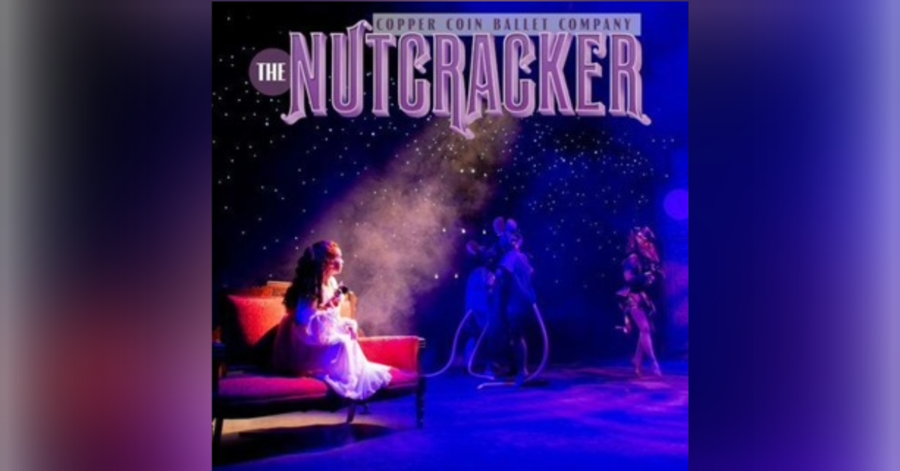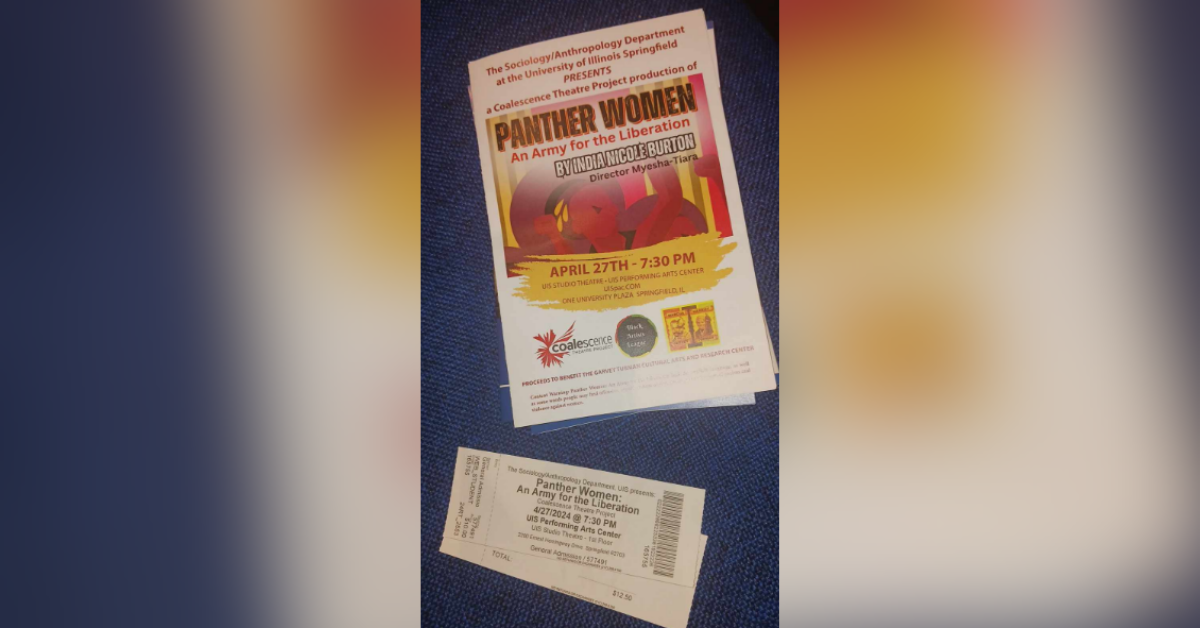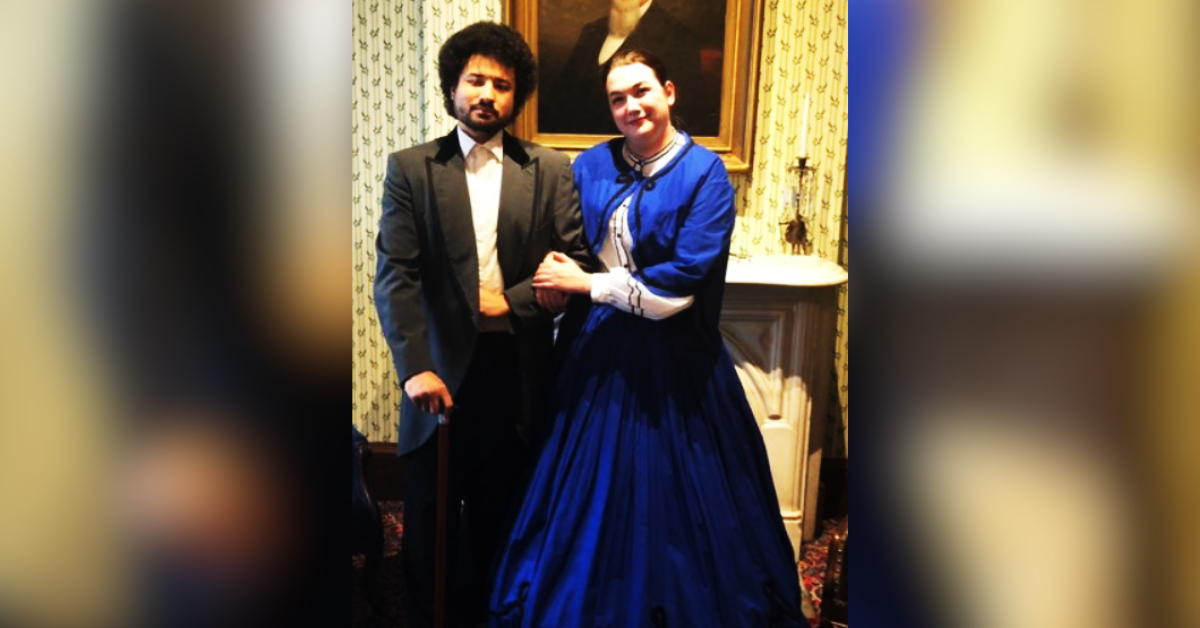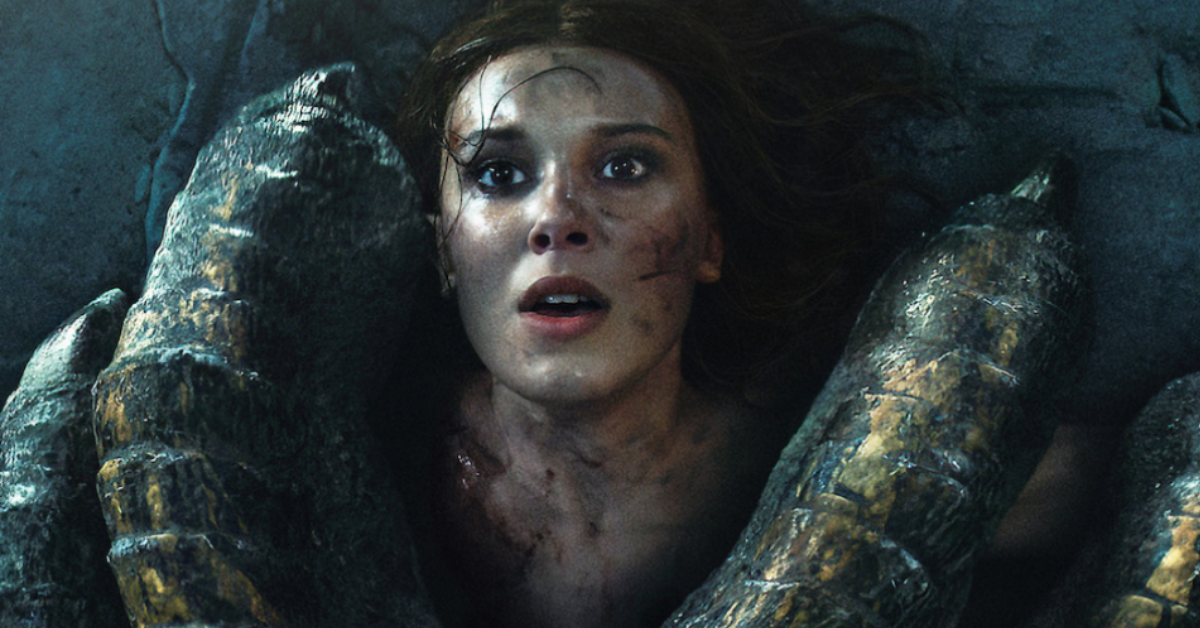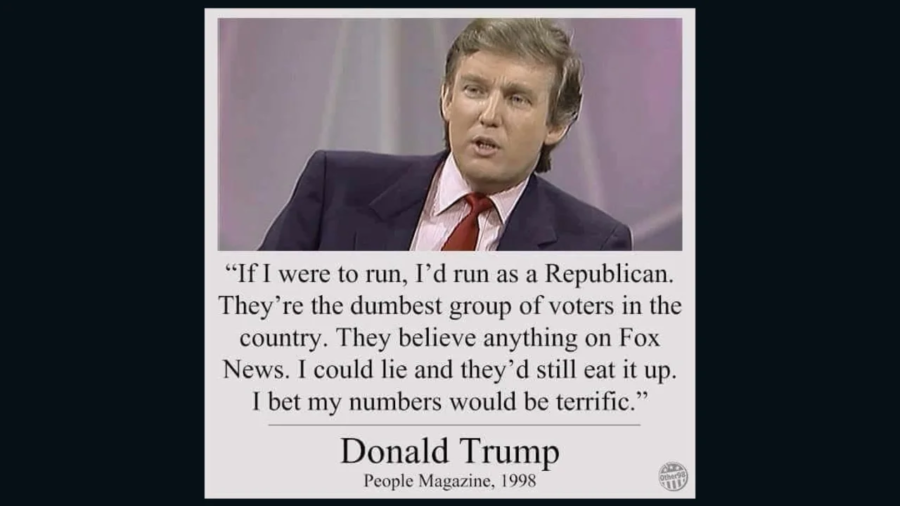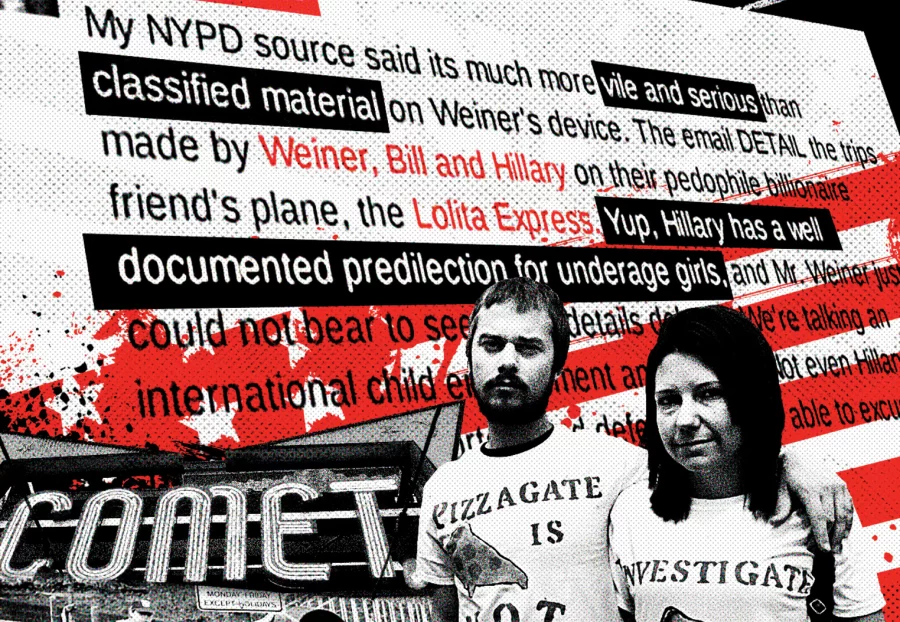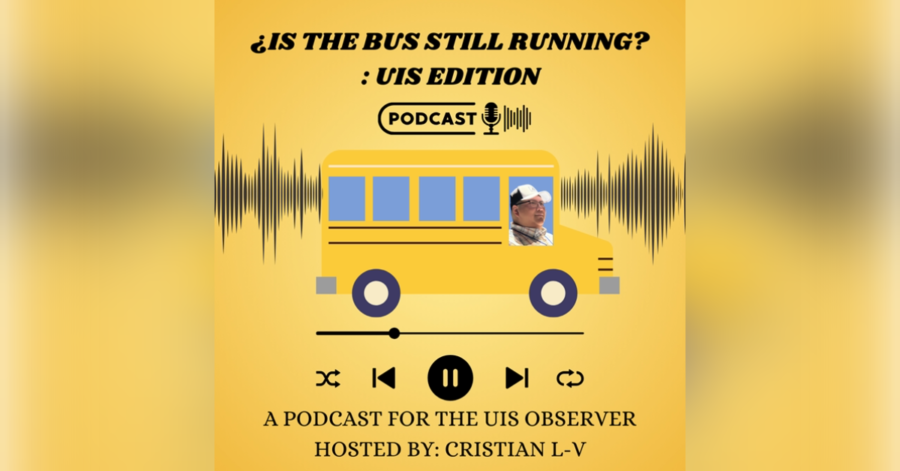December 1968, a year consumed by constant turmoil, was wrapping up with two of the premier moments of the decade. Three men would orbit the moon on Christmas Day and return safely to the Earth, while three weeks earlier, a man who rose to fame on Rock and Roll, retook the airways with his comeback special, ELVIS.
Elvis was in the dirt and needed something to revitalize his career. What started as a Christmas special, became a moment of pure unchained power few could match. He sang the songs and swung his hips: Elvis was back. Now, 55 years later, a new Christmas special entitled Christmas at Graceland (no not the Hallmark movie) has provided an inside view of Graceland during the holiday season.
Several prominent names graced the screen like Lana Del Rey, Post Malone and John Legend, all fantastic in their fields. However, Elvis fans (and generally any older fans) tend to be picky in regard to how they view the covers of their favorite artists. Some might want integrity to the original version, no alterations, just straightforward. Think of artists who’ve done the National Anthem, and how the most notable versions drew too far away from the structure and possibly embarrassed themselves. Elvis fans wanted the respect that his songs deserved, and it wasn’t what they got on Nov. 29.
The show started simply enough, with country artist Lainey Wilson driving up to Graceland in Elvis’s pink Cadillac. She popped up and introduced the night. Elvis was then projected onto the front of Graceland albeit reversed, singing the first verse of “Santa Claus is Back in Town” from his ’68 special. Wilson then launched into her own country version of said song. It was here that the integrity might be challenged, being slower and wavy – but it was a Christmas song, which is what the fans wanted. A time to sit down and listen to the old hits.
Then came Lana Del Rey.
Riley Keough, Elvis’s granddaughter and a famous actress in her own right, welcomed us into Elvis’s home, and through a couple of rooms entered the Jungle Room. There, Lana Del Rey stood in front of a vine-covered brick wall with a piano to the viewers’ left and three singers to the right. Del Rey then introduced her song, “Unchained Melody.”
This threw red flags into the air, as not only have we diverged from Christmas songs, but it was a song associated with the end of Elvis’s life. It’s a powerful song that resonates with many Elvis fans, even before its inclusion in Baz Luhrmann’s Elvis movie. It was one of the last songs he sang on the morning of his death, so there is gravitas to a performance like this. The problem was, while the song is associated with the Righteous Brothers, it was Roy Hamilton’s version that Elvis based his cover on. As a result, the song became a mix of the power of Elvis’s piano playing fantastically done by the pianist there but with the melody from the Righteous Brothers version. Now there were two camps, one which liked the cover and another which despised it. While this reporter believes she did an impeccable job singing the 68-year-old ballad live, the fact remains that it wasn’t a Christmas song, and being a song Elvis fans hold dear, brought the moment down ever so much.
The question is: Why do fans care how others sing these songs? It’s not like it was Elvis’s song to begin with, it was merely a cover. The answer lies in the aforementioned integrity, but also nostalgic centrism. Fans look heavily at memory and personal attribution to anything related to their favorite artists. Fans tend to overlook the bad in search of the good. It is why with the current Taylor Swift phase, people can’t make fun of innocent things without being called misogynistic. When something comes in that disrupts this flow, the change can’t be accepted as it is rooted in the mind that these things should happen a specific way.
This mindset was challenged throughout the night as singers came and went, with some not even doing Elvis songs. Alanis Morissette did a cover of “Last Christmas” and John Legend did John Lennon’s “Happy Xmas (War Is Over)”. Sure, great Christmas songs, but they veered away from what the Elvis fans wanted, ELVIS. The only other Elvis Christmas song done was “Blue Christmas” by Kane Brown.
Jeff Rouff, a long-time fan of Elvis who went to several of his shows, had this to say:
“I was disappointed in the special. When you consider the title “Christmas at Graceland,” those of us that are fans immediately think of Elvis. I believe some of the advertisements for the show implied other artists would be singing Elvis songs. In my opinion, there was little Elvis in the special as far as his songs or clips of him. If you’re going to use Graceland as a backdrop for a special then Elvis should be at the forefront rather than just sprinkled in occasionally. Elvis was a great talent and should be treated with respect rather than just an object to make a buck off of. Give us Elvis and we’ll be happy!”
When other Elvis songs did occur, they weren’t even Christmas-related. Post Malone did a slow rock of “Devil in Disguise” before jumping into Elvis’s pool with his guitar. To be fair, this was either the most disrespectful or the most Rock and Roll thing Malone could do: singing about a femme fatale during the Christmas season, while near an interred man of great faith. This reporter hopes Elvis would’ve found the irony humorous – before forcing him off his land.
The War &Treaty duo perhaps did the most faithful cover of an Elvis song, “If I Can Dream,” a song dedicated to finding peace in troubled lands, and which closed out the ’68 comeback special all those years ago. It kept to the beat of the original, going even harder into the gospel elements of the song, and blew it out of the water. The only issue was that it lacked the build-up to the end like in the original and continued the song past the stopping point.
By the end, Kacey Musgraves, in a white gown with feather shoulders, walked in front of Graceland and sang “Can’t Help Falling in Love (With You)”. This was the closing song at nearly all of Elvis’s performances between 1969 to his final show in 1977, so the logic was understandable. Again, it delved away from the Elvis Christmas aspect, in favor of ironically giving tribute to the past. The show ended with a callback to the start, with Musgraves driving off in the pink Cadillac, leaving a taste of confusion among Elvis fans.
It should be said that none of the performances were terrible, and were nice tributes to The King and other performers. That said, the lack of Elvis songs, specifically of the Christmas variety, became the sore thumb of the show. The performers could have done any number of songs from his two Christmas albums, or gospel if they so chose. Instead, it was a special that only partially respected Elvis as the entertainer. He was only a filter for Christmas songs to be done. Others will argue these are what specials are meant to be, but how many of those specials were done with the artist in question still alive? Elvis only had two: the ‘68 comeback and Aloha from Hawaii.
Regardless, for passersby with only formal knowledge of The King and who wanted to celebrate Christmas, this was a good special to catch. While it left a lot to be desired for Elvis fans, it was still nice to see Elvis’s name plastered on a TV screen in primetime once again.



